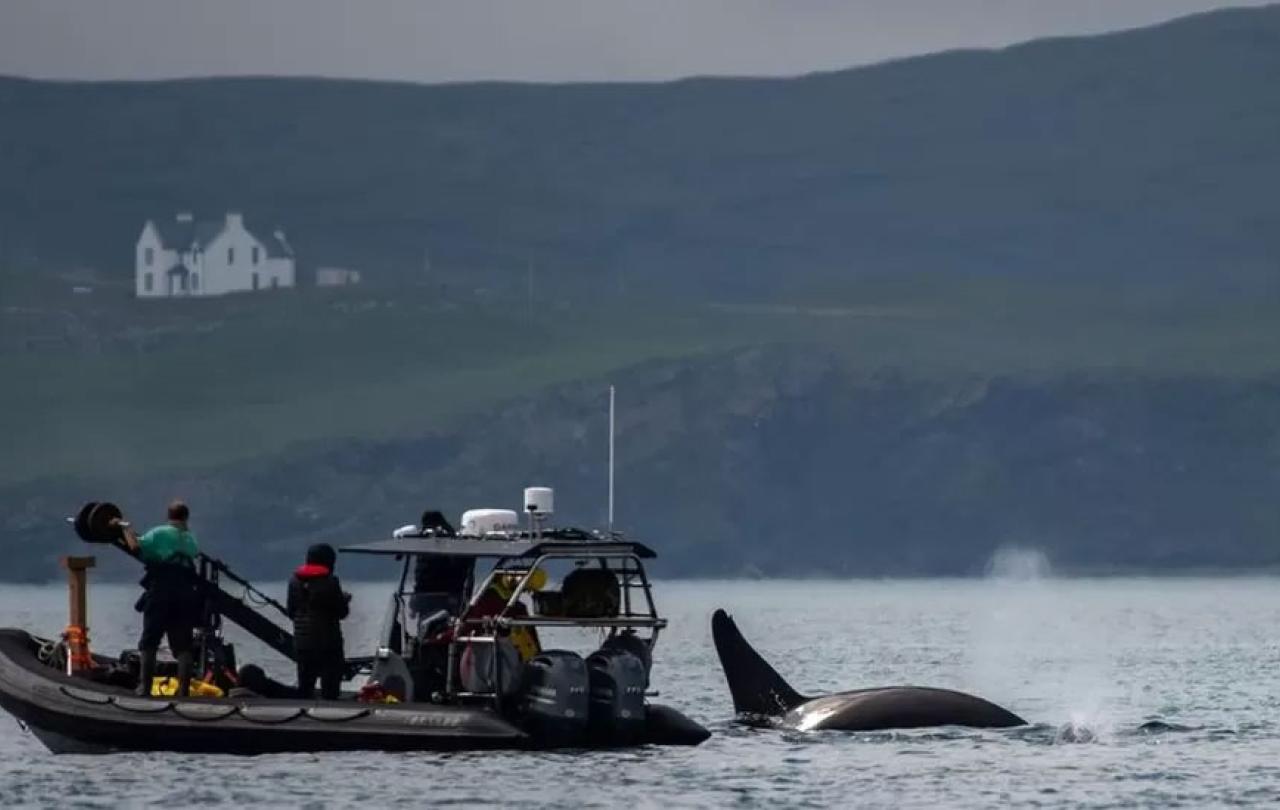
From accusations of assault by celebrities to the murder of a teenage girl on her way to school, and the discussion on television about feminists and their lack of sexual appeal - we have had our fill recently of stories of trauma and violence done to women. These events are brutal interruptions to the lives of women whose futures have been changed, or even stopped, by these terrible acts. It is a story that we read in the news over and over again. It is also an ancient story, of women who are mistreated by men in power over them. It is the tale as old as time. When we tell these tales we anonymise women, for their own safety and privacy, but also lock them in their story. They are, to those of us who read or hear about it, only the tale of violence, we see nothing else about them.
We feel our past in our bodies, we know ourselves in our bodies and these feelings and knowings are part of the story that remains untold, that isn’t understood by anyone.
In one ancient telling in the bible, there is a story of a woman who is cast out, loses position, hope for the future, agency and bodily autonomy. Hagar was a servant in the household of Abraham. She was an Egyptian and therefore of a different ethnicity to her master and his wife, Sarah. Hagar, as a servant, had no choices in life and would do what she was told and when she was told. So, when she was commanded to become Abraham’s wife in order that he might have a child with him, she had no choice at all. In the bible there are stories of Abraham and his quest to have a son and heir when Sarah had been unable to conceive. It was indeed Sarah’s idea. Hagar underwent what could be described as a rape and a forced pregnancy. Perhaps unsurprisingly, Sarah and Hagar fell out. Hagar ran, she ran away from the cruel treatment of her mistress and the violence perpetrated unto her and into the wilderness. Hagar’s story is out of time with our own stories yet has resonance none the less because of her subjugation, the violence done to her and the consequential fear and fleeing. I wonder as I read about Hagar, what she looked like, or what her other stories are. What did she like to do? What had her hopes been for the future? But Hagar, is unseen by us, apart from the stories of violence done to her. She is unseen like the women who are raped, stabbed, assaulted, followed, catcalled, touched and upskirted. For these unseen women, stories are all that remain.
Telling of the stories isn’t enough. With violent, or emotional, trauma, words are only some of the message. We feel our past in our bodies, we know ourselves in our bodies and these feelings and knowings are part of the story that remains untold, that isn’t understood by anyone. The loneliness from being unknown is bone deep. That nobody understands is part of the horror of the traumatic injury. Hagar’s story does help us here. Twice Hagar runs into the wilderness to escape from Sarah and Abraham. When she is there, she expects to die. After her child is born, she puts him away, under a bush, so that she doesn’t have to watch him die. Both times in the wilderness, where she is away and hidden there is one who sees her and acts. The first time, so the bible tells us, Hagar is met by an angel in the wilderness who speaks to her and promises her the future we assume she has lost, Hagar identifies her visitor as from God – the first person to do so. In response to God seeing her, she sees God. She is not anonymous to God. The second time, as she lays down to die, God provides not only hope but water and we learn that she has a future with her son.
The story of Hagar is told still, as a reminder that God sees. This does not mitigate the harm that is done to women, nor use it for higher purposes. However, we only know a small part of these stories, these terrible accounts of horrors, God holds their entire stories together.
There is no fairy tale that resolves the suffering of these women in the stories, either the ancient story or the most recent ones. Male violence against women is repetitive and so far, little abating it. I do not offer a solution to why these terrible things happen to women, why they continue to happen even though millennia separate Hagar from today. Nonetheless, despite the uncertainty that surrounds the traumas wrought upon women in situations such as above there is another side to the story of violence and anonymity, that is of a hope in God who sees the women and offers a future.
That future we discover does not retreat from the misery of the past but moves on through it.
These women are not unknown, their stories, which are acts of resistance to the violence that was perpetrated upon them, are known to God. With telling and retelling of the stories of women we testify to their story and acknowledge it. There is hope in this situation, a promise that those who come to Jesus can find rest, that they will not feel condemned or ashamed in his presence and that there is the possibility of hope and wholeness in the face of such devastating actions of humanity. This can seem trite and it does not offer a sticking plaster solution to the problems of great trauma, but rather a God who, in Jesus, is a witness to the pain and the hurt and one who offers peace, who sees the women at the heart of these stories of terrible violence and who knows them. The promise of the future is that every tear will be wiped away, that when the final plans of God are enacted on earth there will be a world where there is no longer violence and the long-lasting pain, injury and horror will be removed.
The God who knew Hagar and the anonymous women who report sexual violence today, also knows the end of their story, and that end is hopeful, even if it doesn’t feel that way yet. Ultimately, God intervenes for Hagar. She is cast out, she expects she will die and potentially see her son lost too. Hagar, who names God is in return named by God, ‘Hagar’ he says as he ushers her into a future,
‘get up, hold your boy, I will make him into a great nation’.
That future we discover does not retreat from the misery of the past but moves on through it. We leave Hagar with her fully grown son, both thriving in the wilderness with Hagar arranging his marriage. I picture her, a matriarch in her own right, with her son, not overcome by violence anymore.
This reading of Hagar is from the work of Dr Eve R Parker in her forthcoming contribution to ‘Theologies from the Inside Out: Critical Conceptions of Pregnancy and Birth’ ed. Karen O’Donnell and Claire Williams, SCM forthcoming 2024.

